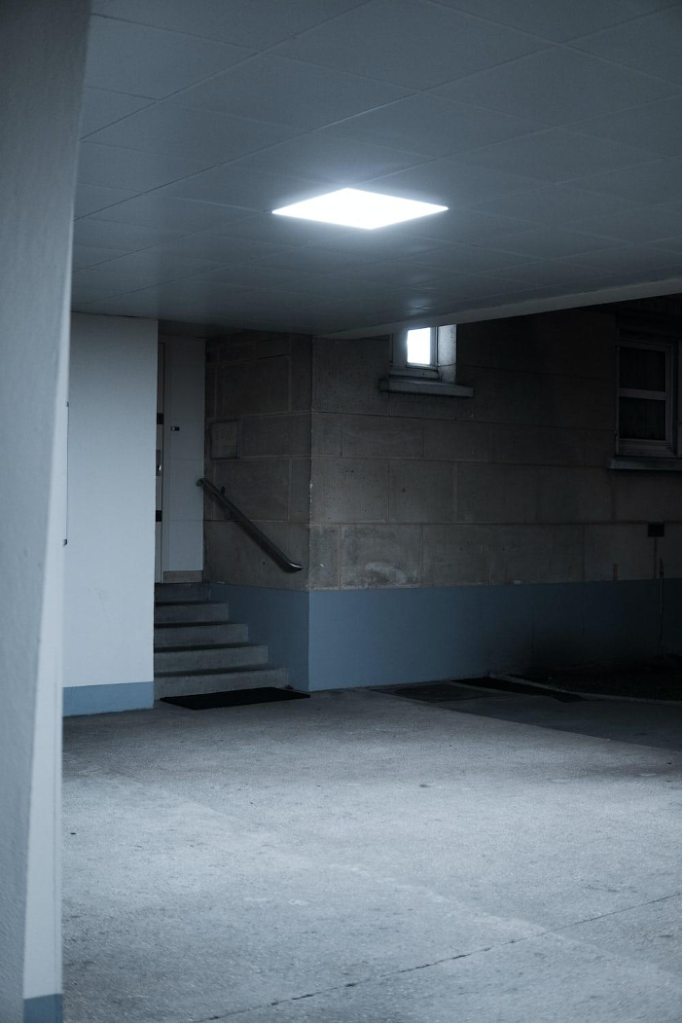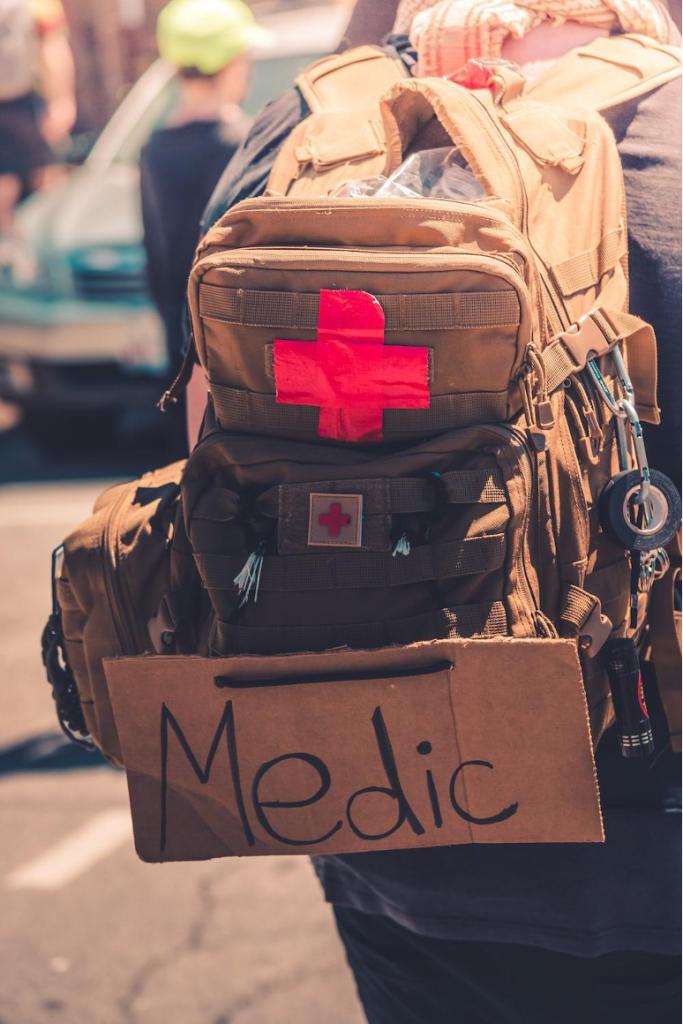How to protect yourself from Tornadoes
Every year, storms cause damage in different parts of the country by creating strong winds and destroying buildings in their tracks.
Tornado season in 2022 claimed 23 lives, wounded hundreds more, and cost billions of dollars in property damage and medical bills. Tornadoes are most often seen in the spring, although they may occur at any time of year. The vast majority of tornadoes are moderate in intensity at most. It is possible to stay alive during a tornado if you take the proper precautions like knowing about weather data in advance. If a tornado should strike your area, the following are some safety measures you and your loved ones may use to protect themselves.
Four steps to protect yourself from Tornadoes
1. Get alerts
Outdoor sirens:

Tornado sirens may be helpful in these types of situations. But they are only available sometimes, so there are better methods to get a warning when a tornado is on the way.
Local television:

When severe weather strikes, local stations give on-air coverage to impacted regions. However, it may not be possible for television broadcasts to get people up throughout the night with tornado warnings.
Weather Radio:
Weather radios may seem outdated, but they are still an effective way to get up-to-the-minute forecasts from your local National Weather Service office.
Mobile phone:

Wireless emergency notifications provide a convenient and efficient method to get accurate data, such as tornado warnings. To adjust the alerts on an iOS device, open the settings menu, choose notifications, and then scroll down till the list ends. You can get accurate weather data before any disasters occur.
2. Know the safest places to shelter
Basement:

It is best to take shelter in a basement or cellar to protect oneself from a tornado’s destructive winds.
First floor in the interior room:
If you need to seek refuge within your house, the best location is on the ground level, preferably in a room with no windows, such as a bathroom or a closet. It’s wise to put up as many gates as possible to protect oneself from the outside world.
Mobile Homes
Unfortunately, the situation may quickly get out of control without a stable building. Mobile homes are among the least secure buildings to be in during a tornado since the force of the wind may easily blow over them. If you are in a mobile home and a tornado warning is issued, you should seek shelter in the closest permanent structure. Lie in a ditch with your head covered if you can’t find any other safe place to hide.
3. Avoid dangerous places
Under highway pass:
Taking refuge below an overpass is a good idea when trapped in a tornado. However, the funnel effect created by the bridge’s small passageway may worsen the situation.
Outdoors
Safety should be your first priority if you are outside during a tornado warning and have nowhere to go. Don’t hide behind trees or other immovable objects; seek the lowest ground possible and wear a helmet.
Upper floor
During a tornado warning, it is dangerous to be on a high level of a structure. The safest place to hide is on the ground level, preferably in an inside corridor away from windows and doors.
4. Protect yourself
Protect your head with any covering

To safeguard yourself during a tornado, it’s advisable to have a helmet readily available. Alternatively, cover your head with your arms as a bare minimum. If you have enough time, placing a mattress over yourself can also provide protection.
Be loud
It’s important to be audible to emergency responders if you get buried by debris during a tornado. To that end, meteorologists advise keeping an air horn or whistle nearby wherever you take shelter.
Have supplies

It’s a wise idea to keep some basic first aid supplies in your shelter to deal with any injuries that might occur during a tornado.
Wear shoes

When a tornado strikes, dangerous debris can be strewn about that could injure your feet. It’s, therefore, crucial to wear shoes to protect yourself.
Avoid dangerous material
If you find yourself trapped in a damaged building following a tornado, avoiding hazardous materials such as downed power lines, broken gas lines, and sharp objects is crucial.
Conclusion
Stay informed about weather conditions, plan for shelter, and practice with family or coworkers to protect themselves from tornadoes. If a tornado is coming, take cover in a substantial building’s lowest level or a room or corridor without windows. Protect yourself with blankets or mattresses.